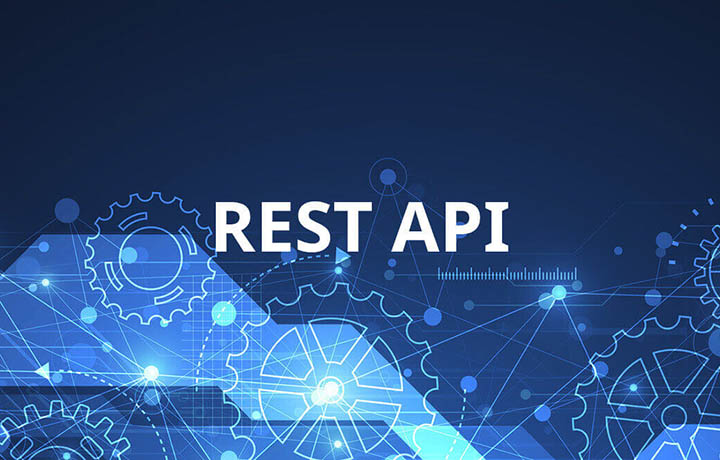The REST API interface in weighing technology
In modern weighing technology, the integration of digital solutions is becoming increasingly relevant.
An important programming interface that enables this development is REST API.
What is a REST API interface?
The term REST stands for Representational State Transfer and API is the abbreviation for Application Programming Interface. The REST architectural style was first defined in 2000 in the dissertation of the American computer scientist Dr. Roy Fielding. REST offers developers a high degree of flexibility.
The REST API programming interface allows different systems to communicate with each other. It is based on standardized HTTP methods such as GET, POST, PUT and DELETE and thus enables simple and platform-independent integration. Due to the clear structure and user-friendliness, REST API is a popular technology for connecting different software systems and (weighing) hardware.
Benefits of REST API in weighing technology
The use of REST API in weighing technology has numerous advantages:
- Easy integration: REST API is easy to integrate into existing IT systems (such as ERP or MES) as the interface is already available on the server side. This facilitates the automation of systems and industrial weighing processes and the exchange of data between different systems.
- Scalability: The REST architecture allows systems to be expanded flexibly. Whether small weighing systems or complex systems, a REST API adapts to the requirements.
- Platform independence: REST API interfaces use standardized web protocols, which makes them compatible with almost all modern programming languages and operating systems.
- Efficiency: The targeted retrieval of data and the ability to transmit only the required information ensure optimized and fast data usage.
Possible applications in weighing technology
Which SysTec weighing indicators have a connection to the REST API interface?
The SysTec weighing indicators IT6000E, IT8000E and IT9.
Note: The SysTec weighing indicators are REST clients. They can retrieve data from a REST interface.
Data security: Encryption for weighing data transmission
SysTec uses encrypted and secure data transmission via https protocol.
Examples of REST API applications
For example, SysTec integrated the REST API into the logistics workflow software used by the end customer for a rail scale project with wagon filling. This enabled communication and data exchange between the SysTec weighing terminal and the customer-specific logistics workflow software.
In general, there are many possible applications for REST API in weighing projects. For example, the REST API can be used in logistics systems to send data directly to a shipping management system. Furthermore, the interface can be used in production processes to transfer weighing data directly into a control software.
Conclusion
The REST API is crucial for digitalization in weighing technology. It offers a flexible, scalable and efficient way of integrating weighing systems into digital processes. Companies using this technology benefit from optimized processes, increased efficiency and a future-proof infrastructure.



